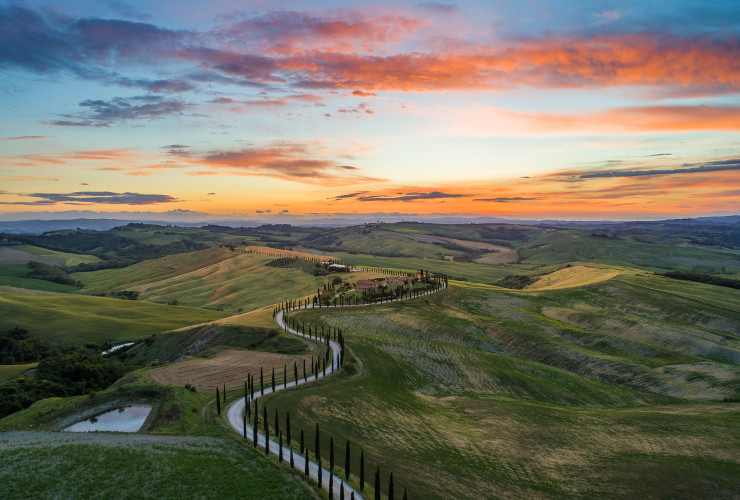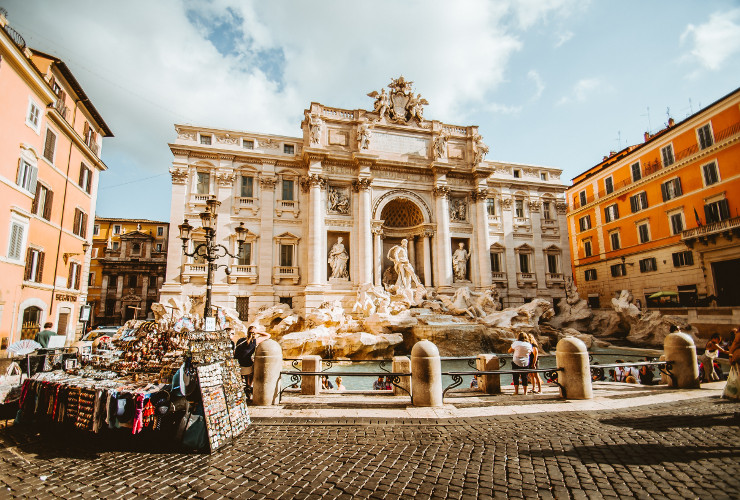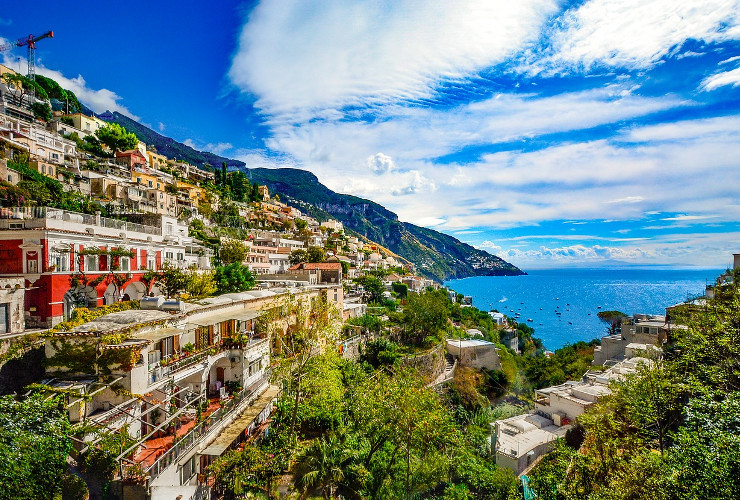The Magic of Visiting Sicily: Etna, Temples, Ancestry. Sicily – the name conjures up many images: street food markets, highly cultivated hilly landscapes, wine, beaches, and the mafia.
Where is Sicily?
Look for the toe of the boot shape of Italy. Sicily and the surrounding islands make up the Regione Sicilian, an autonomous area in southern Italy. Sicily – the largest island in the Mediterranean Sea – is separated from the mainland by the Strait of Messina. The land mass of the island is about 25,711 square kilometers (9,927 square miles).
Palermo – with a population of about 676,000 people – is the capital city. Some of the larger cities include Catania, Taormina, and Syracuse. For a traditional village, head for Corleone, with a population of 12,000.
What are the influences of Sicily?
Because of its strategic location and natural resources, Sicily has always a site of military and political importance. Consequently, it has been influenced by numerous ethnic groups over the centuries. These include the Greek period, the Punic Wars, and the Roman era. During the Middle Ages Germanic and Byzantine periods were replaced by the Muslims. Other rulers were the Vikings, the Spanish, and the Bourbons. Eventually, Sicily was unified under Italian law. Consequently, the architecture varies from Baroque style derived from the Italian influence to the marble structures of the Greeks, to the Arabic inspired arches found in some buildings.
What are some places to visit in Sicily?
There are a few must-visit places on a Sicily itinerary. Mount Etna – standing majestically at more than 3327 meters (11,000 feet) — is the largest active volcano in Europe. It erupts regularly spewing lava and ash. The view while crunching up the rocks on Mount Etna is rather like a moon walk. The site is open every day except when there are major eruptions.
The Valley of the Temples is a national monument and an UNESCO historic location. Encompassing more than 1,300 hectares, this archaeological site sits on a ridge outside Agrigento. Represented here are the classical cultures of Sicily. The Greek Theatre of Taormina is divided into the three sections: the auditorium, the orchestra and the scene. The Theatre could accommodate thousands of spectators in the third century BC.
How do you trace your Sicilian ancestry?
People who want to trace their Sicilian ancestor’s footsteps or their Italian genealogy are fortunate. Records of births, deaths, and marriages have been meticulously maintained. Ancestry tours can be arranged. The more sophisticated ones come complete with transportation, guides, and translators to help communicate with the three-times removed second-cousins who live in a village on the coast.
If you don’t have a family tree or any ancestry to trace, going on a Godfather tour is another option.
 Hire Expertise
Hire Expertise Bespoke Itineraries
Bespoke Itineraries Travel Carefree
Travel Carefree

